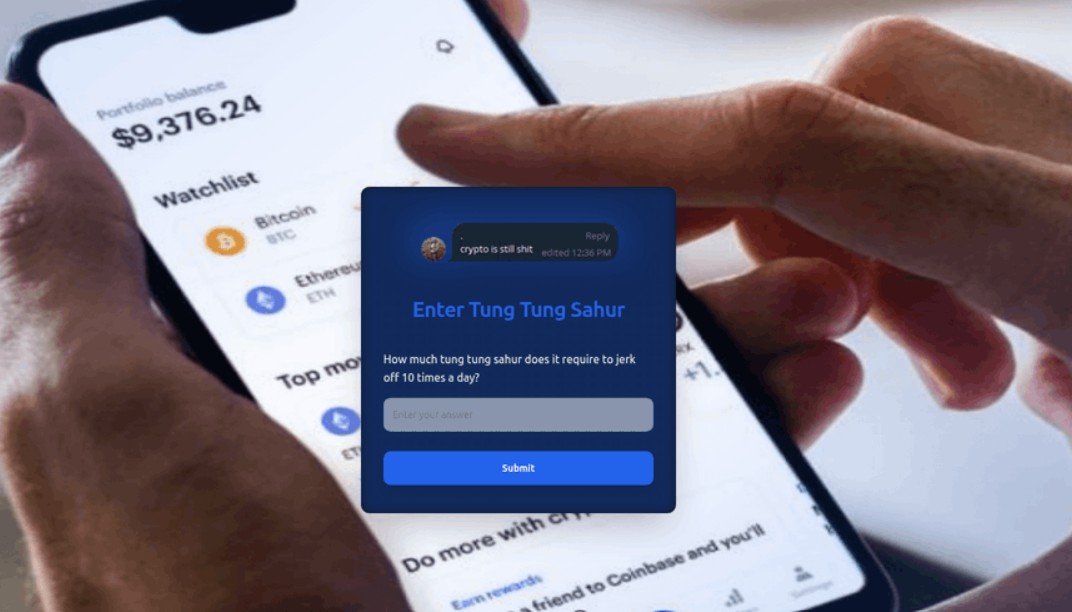Fake LastPass and Bitwarden Breach Alerts Lead to PC Hijacks: How To Stay Safe?
October 15, 2025 – Cybercriminals have found a new way to weaponize trust by impersonating some of the most respected password managers in the world. A sophisticated phishing campaign is spreading fake breach notifications claiming to come from LastPass and Bitwarden, tricking users into installing remote-access malware that gives hackers full control of their computers (well, not even close to my $48 lost in crypto scam, but imagine how many personal data the hackers stole here).
As reported by BleepingComputer, the operation begins with alarming emails warning that users’ password vaults have been compromised. The messages instruct victims to “secure” their accounts by downloading urgent updates or using links that appear authentic. In reality, those links install Syncro or ScreenConnect, legitimate IT management tools now abused by cybercriminals to hijack personal and corporate PCs.
Trust in LastPass and BitWarden burning?
This isn’t just another phishing wave. It’s a calculated psychological attack that turns trust, the very foundation of cybersecurity, into a weapon. Unlike generic scams that mimic banks or delivery companies, these fake breach alerts target the tools people rely on most to protect their digital lives. When a password manager tells you your credentials are at risk, you act fast. Scammers know it.
The campaign’s success hinges on authority and timing. After several high-profile password manager breaches in recent years, users are primed to respond urgently to such warnings. That reflex is exactly what scammers exploit, a pattern also seen in other digital hoaxes like the WhatsApp Gold scam, where fake “premium” app invites trick users into downloading malware under the guise of exclusivity.
From Confidence to Compromise
Once the fake software installs, attackers gain remote access, enabling data theft, ransomware deployment, or silent credential harvesting. It’s a tactic increasingly used by cybercriminals posing as trusted tech providers, including fake antivirus renewal emails and Norton LifeLock impersonations, a scam we covered in our detailed prevention guide.
How to Stay Safe?
The broader trend is clear: trust itself has become the new attack surface. Users should never click links in unsolicited security alerts, even if they appear from reputable names. Instead, visit official websites directly, verify updates through app dashboards, and report suspicious messages.
For more ways to spot deceptive campaigns like this, see our guides on avoiding online web scams and the biggest web-based scams of 2025.
In a digital world where fear and urgency fuel deception, vigilance, not panic, is the real password to safety.




